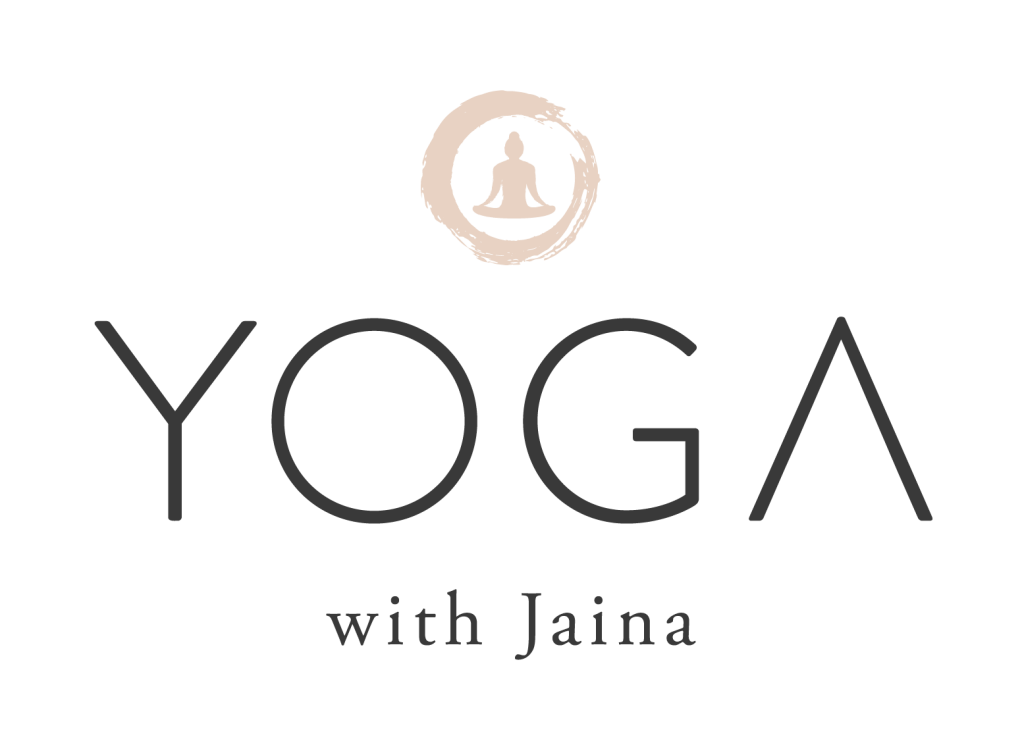
As the summer break has started I wanted to share a few tips on relaxing to help you with your home practice!
• Relaxation is the practice of Pratyahara which is the fifth limb of Patanjali’s Ashtanga Yoga system.
• Relaxation encourages us to switch of the mind. It is the bridge from the material world into the spiritual world and is cultivated through the practice of sense withdrawal and detachment.
• In accordance to Patanjali’s Ashtanga system relaxation must be practiced before meditation as it prepares the body and mind to meditate. However in most modern day yoga classes relaxation is taught at the end as it is the more preferred option. As you go deeper into your yoga practice I would advise you to relax first and then go into your meditation.
• A popular relaxation pose is Shavasana which means corpse. Here we are imitating a corpse by releasing and letting go of the entire body to the ground. We carry the body around all day, every day. Shavasana gives us the opportunity to let go of the burden of the body so that we can rejuvenate and heal. This allows us to come out of Shavasana as a new person!
• Lying down in shavasana allows the body and especially the chakra system to connect to the earth. This encourages the energy in the body to ground and settle. Therefore Shavasana should always be practiced on the floor rather than on a bed. Also if possible practice on the ground floor or as close to the earth as possible.
• When the body is stressed, overworked or full of tension the cells cannot repair or heal themselves. Therefore relaxation aids to cultivate a healthy body and mind and is just as important as the asanas and posture practice.
• If we have a heavy heart or strong feelings and emotions this can act as a barrier to feeling the deeper effects of a full relaxation. Therefore guided relaxations will work on clearing the heart centre so that you can go deeper into your relaxation.
• Fifteen minutes of concentrated relaxation is the equivalent of two hours sleep therefore when relaxing refrain from drifting into sleep. This can be difficult at times however the practice of Shavasana consciously works on relaxing the body whereas when you go to sleep you carry the tightness, tension, stress etc into your sleep. This is noticeable when you may have had a full nights rest but you wake up still feeling tired!
• Work on quality rather than quantity; a deep relaxation of ten minutes will have far greater benefits than a thirty minute relaxation where the mind is wondering and thinking about other things.
• Relaxation requires a deep level of concentration and there is a strong difference between being inactive and being relaxed. The calmness you feel in your relaxation can be carried into your everyday activities and when operating from a place of calmness you will be far more productive and efficient in your day.
